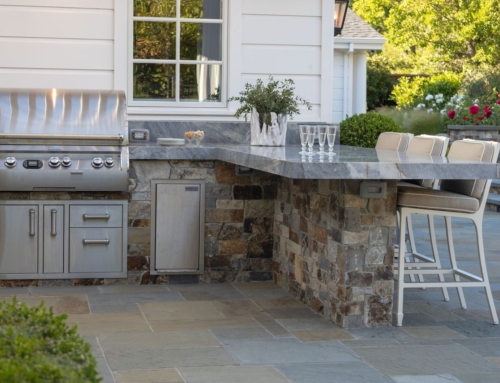Summer Solstice
Last year around this time, our blog focused on Summer gatherings. We look forward once again to a season of outdoor living at its finest – Fresh garden vegetables and flowers on the table, swimming to beat the heat, and warm nights, candle-lit dinners, and stories around the fire.
This year, perhaps thanks to that heat wave (wow!), we are bringing in the Summer thinking about sun. The sol behind the word solstice and the source of all growing things, the sun has been a subject of passion for gardeners since time immemorial. So if you’re wondering, “What does this have to do with Landscape Architecture?” we can only say that we are a little bit obsessed with the sun, and we aren’t the first! Here we offer history, tradition, and wisdom that surround the sun and the solstice, and how to bring them home to your garden this summer.
Sun Time
Early objects of solar admiration included the obelisk (Earliest known in Egypt, 1971 BCE). Popularized in Rome, it made its way through Europe into western gardens as a stately and elegant shape that shines in landscapes from Versailles to New York City. Originally monuments built to worship the sun, obelisks were also used to keep time in a similar fashion as the sundial.

Like the obelisk, the sundial is present in many a classical landscape. The gardens at Filoli in Woodside feature this classic sundial with it’s sweet inscription. The remarkable armillary sundial (below), invented in Ancient Greece, depicts an abstract version of the solar system with ‘orbits’, and also tells the time. Is there anything cooler to have in your landscape?

Best place for an obelisk or sundial: As a focal point in the landscape or a central element in a courtyard, and almost certainly in the full sun!
Sun Planning & Planting
At the dawn of agriculture over 20,000 years ago, early horticulturists must have realized a few things about plants and sun. Crops planted in the shade (with a few rare exceptions) do just as poorly today as they did then, so we abide by the same rules today that our ancestors did, laying out our crops, gardens, and landscape designs based on the sun. For fruits and vegetables, more sun is almost always better, which is why they are best located on the South or West side of the house. For landscape plants, it’s just as important to make sure everything will get the sun or shade it naturally wants. The wrong amount of sun can be deadly, as we are reminded occasionally when we err!

Did you know that the North Arrow on a Landscape Architect’s plans is a key to the sun? In addition to being a standard for Architects and Surveyors, and a way for Builders to lay out the landscape correctly, the awareness of which way is North tells us a lot about the sun patterns on the site. When we design, the North arrow is one of the first things we place, allowing us to predict the sun and shade patterns at different times of the year. This way, we can create shade structures or plant trees to cast shade in the right spot, design solariums and sun-rooms that live up to their name, and get the right plants in the right place.
Architect’s Tip: Always do your research when planting. Consider the sun patterns on your site at all times of the year. When planting edibles, plant tall vegetables on the North or East end of the bed to prevent them from shading out shorter ones.
Sun Appreciation
These days, we are all wisely cautious about sun exposure. It’s clear that too much sun can cause damage to our health, and caking on the sunblock or spending some of our outdoor time in the shade is not a bad idea. However, we feel that the sun deserves some appreciation after all this bad rep (and let’s be real, we are always on the lookout for a good excuse for a garden party). This solstice, why not have a sun appreciation party, complete with sun-themed art, sunflowers of course, and perhaps a sunset viewing on this longest day of the year. Take décor inspiration from the Scandinavian nations, who celebrate this day when their sun never sets with bonfires and Maypoles (not just for May, as the name suggests), or set time aside to learn with the kids about solstice traditions around the world. From all of us here at Montgomery Robbins, we wish you a happy summer!
If you, your family or your friends are looking for a Landscape Architect, look no further! Here at J. Montgomery, we design everything landscape-related under the sun (Sorry, we couldn’t resist!) Contact our studio to set up a complimentary first meeting!








